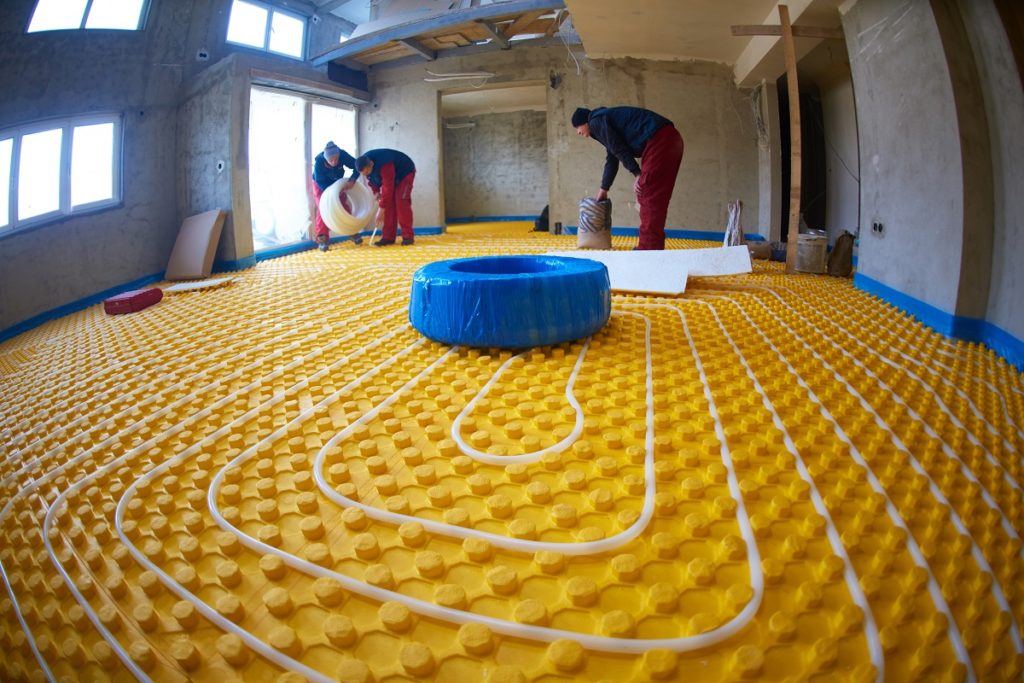When a heat lamp makes an object warm, it transfers energy from an object with a higher temperature to another with a lower temperature. This is the basic principle behind radiant heaters. The classification of various types of heaters depends on the wavelength of infrared radiation used during the process.
How it works
The transfer of electromagnetic radiation is not visible but can be felt as a warm sensation. There is no need for the two objects to be in contact for the transfer to occur. The air in between the objects does not increase its temperature. Every infrared heater in the world functions this way, but there are other qualities you could consider.
The quiet alternative
Indoor and outdoor spaces require heating in the cold months. Spot heating is preferred in garages, verandahs, workshops and similar settings, but outdoor heating has a different set of requirements. Nevertheless, you’d prefer a heating system that does not disrupt the conversation or attract attention. One of the best things about modern infrared heaters is the absent of exhausts and fans to help move the warm air around. When it is important that you find a quiet alternative your search will surely end with an infrared heating appliance.
Heat in every corner of the house
 Radiant systems are available for wall heating as well as floor heating. Some systems provide heating for ceiling panels as well. Radian floor heating is a good example of how radiant transfer of heat energy from a surface with a high temperature to people in the room occurs. When you are in a room with floor heating, you notice the floor panels working like a stovetop that brings heat to every corner of the room. This type of heating is more efficient than conventional forced air heating. When you want sufficient heating for every corner of the room, infrared heaters would be able to trump the conventional option. You can avoid heat losses with infrared appliances because there is no energy loss from the duct system, which is a necessary component of forced air installations.
Radiant systems are available for wall heating as well as floor heating. Some systems provide heating for ceiling panels as well. Radian floor heating is a good example of how radiant transfer of heat energy from a surface with a high temperature to people in the room occurs. When you are in a room with floor heating, you notice the floor panels working like a stovetop that brings heat to every corner of the room. This type of heating is more efficient than conventional forced air heating. When you want sufficient heating for every corner of the room, infrared heaters would be able to trump the conventional option. You can avoid heat losses with infrared appliances because there is no energy loss from the duct system, which is a necessary component of forced air installations.
For persons with allergies and respiratory disorders
Forced air systems, such as you will typically find in older homes, distribute warm air with fans and consist of a system of ducts. It is not difficult to imagine dust, dead skin cells, insect poop and casings, and various types of allergens swirling around in the air traveling unseen and unnoticed. This is all the more serious with a forced air system’s mechanism of operation. If there is a member of the household prone to allergies, or fallen ill to a respiratory condition, then you must prioritize their health needs.
Consider the advantages of radiant appliances for heating purposes. If you want to maintain a cozy and comfortable home, you must make the right decision as to what type of heating system to install and maintain in your house.
You can sort it out with a local appliance dealer whether to get a gas heater or an electric radiant heater. We are putting our money on the latter, but you always have the freedom to decide what’s best for your family.

